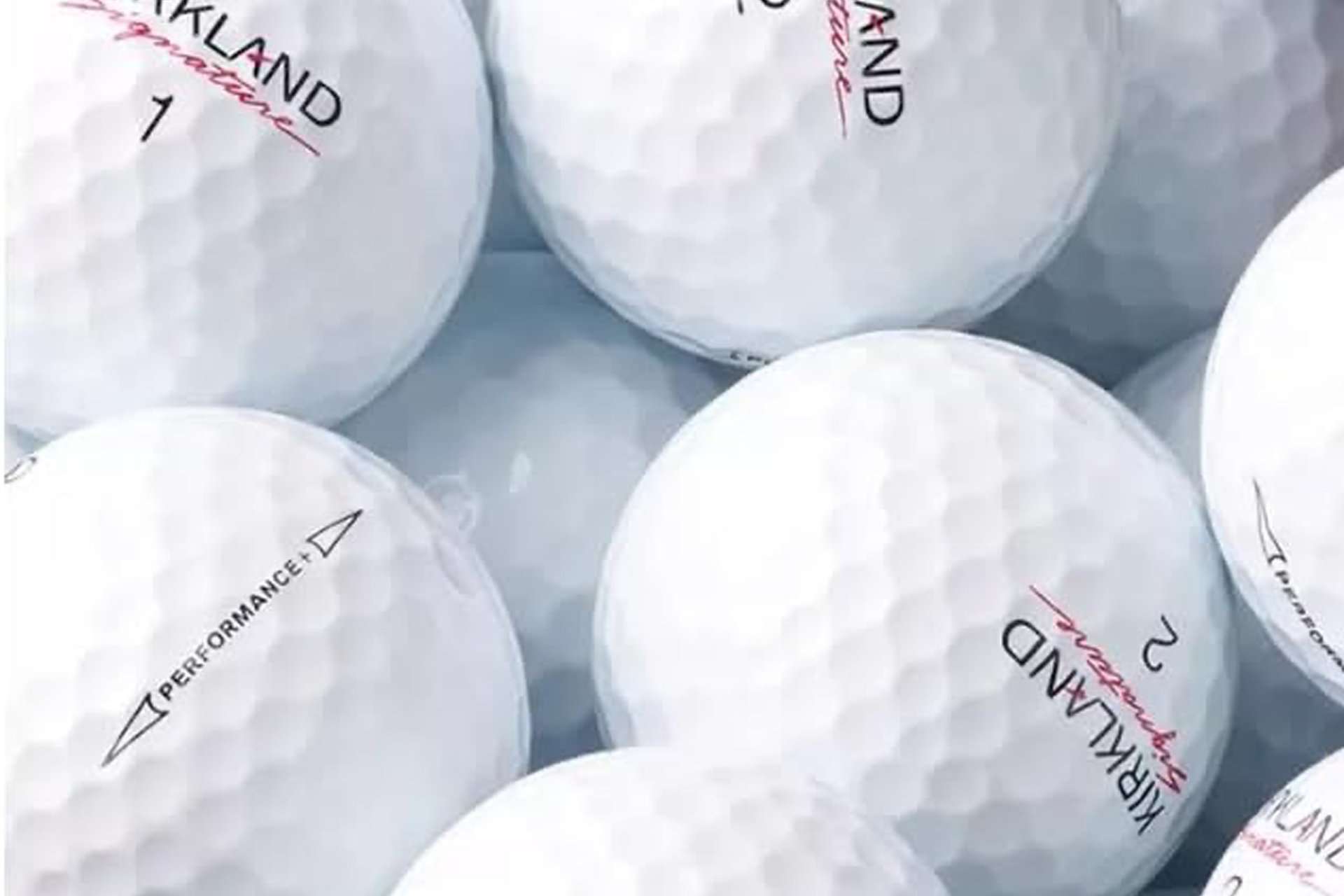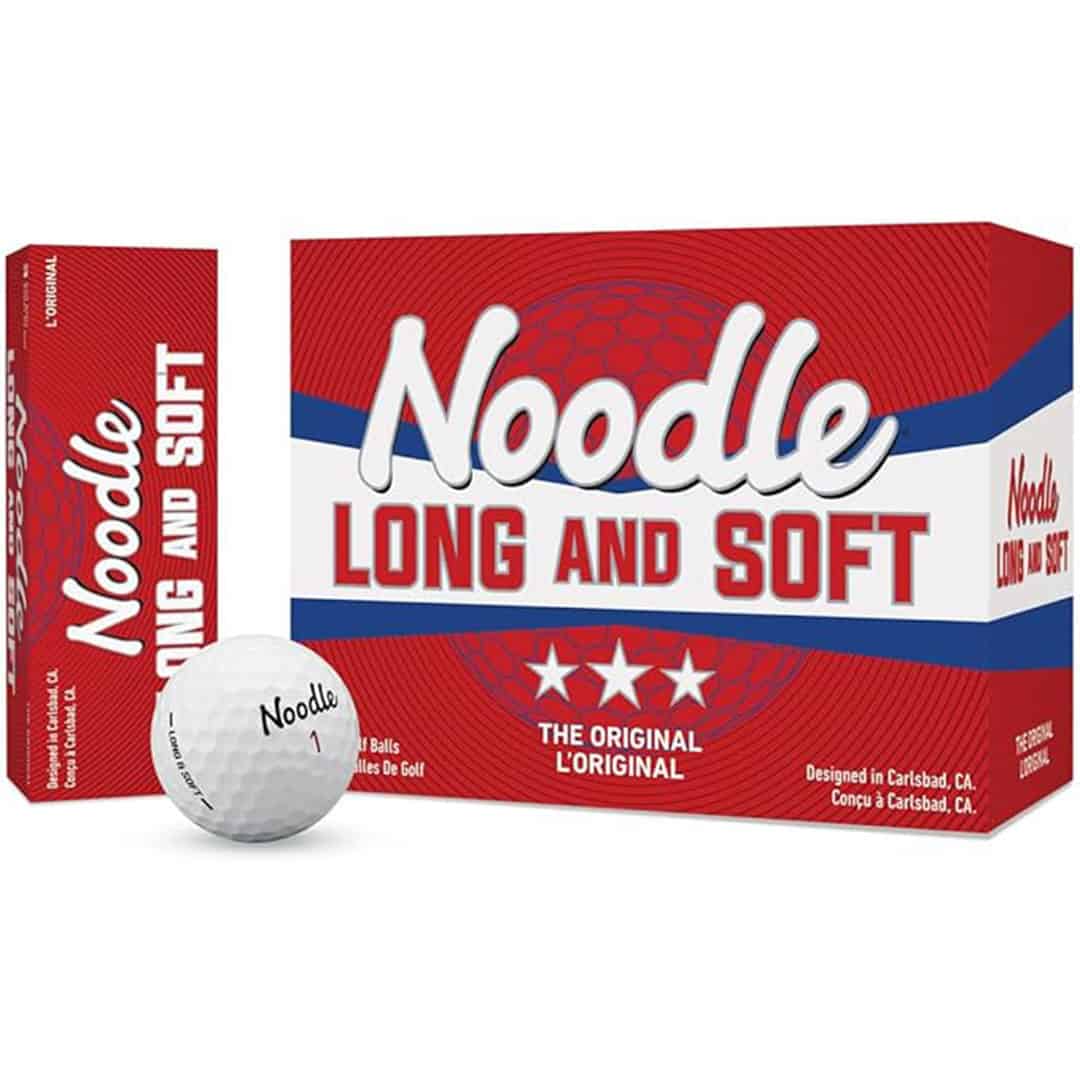A question you have no doubt asked yourself, or others, at some point along your golfing journey. Most of us have always known golf balls to have dimples on them, but very few will be aware of why and how many.
You may have pondered about the answer but you may not be aware of its importance. Dimples aren’t used as a design accessory, they hold huge importance to the performance. There has been plenty of research and development gone into the construction of dimple patterns over the years.
Increases in distances, a more efficient ball flight and elevated heights are just some of the benefits dimples bring to the golf ball. We answer all your questions involving golf balls and impress below…
Background
It’s strange to think golf ball dimples didn’t used to exist. Golf balls were originally made of wood, which mean they were highly unlikely to be perfectly round either, and completely dimple free.
But, and here’s the fun part, the addition of dimples to golf balls wasn’t down to science or structured testing, it was actually an accident.
Yes, really.
Players simply found that older golf balls, with damaged surfaces, had more consistent flights than perfectly round new ones, so golf ball manufacturers began etching patterns onto the balls. Eventually these raised protrusions evolved to the indentations we see today.




















